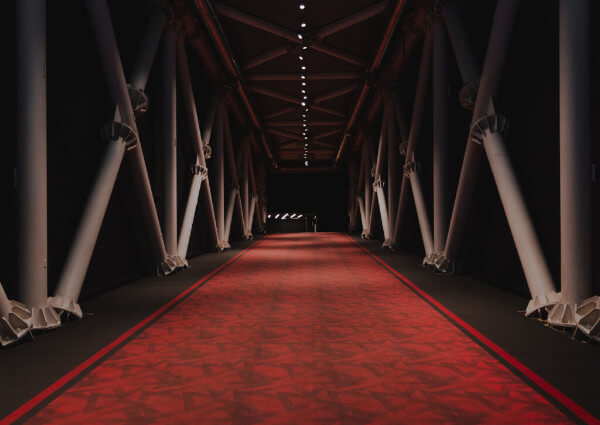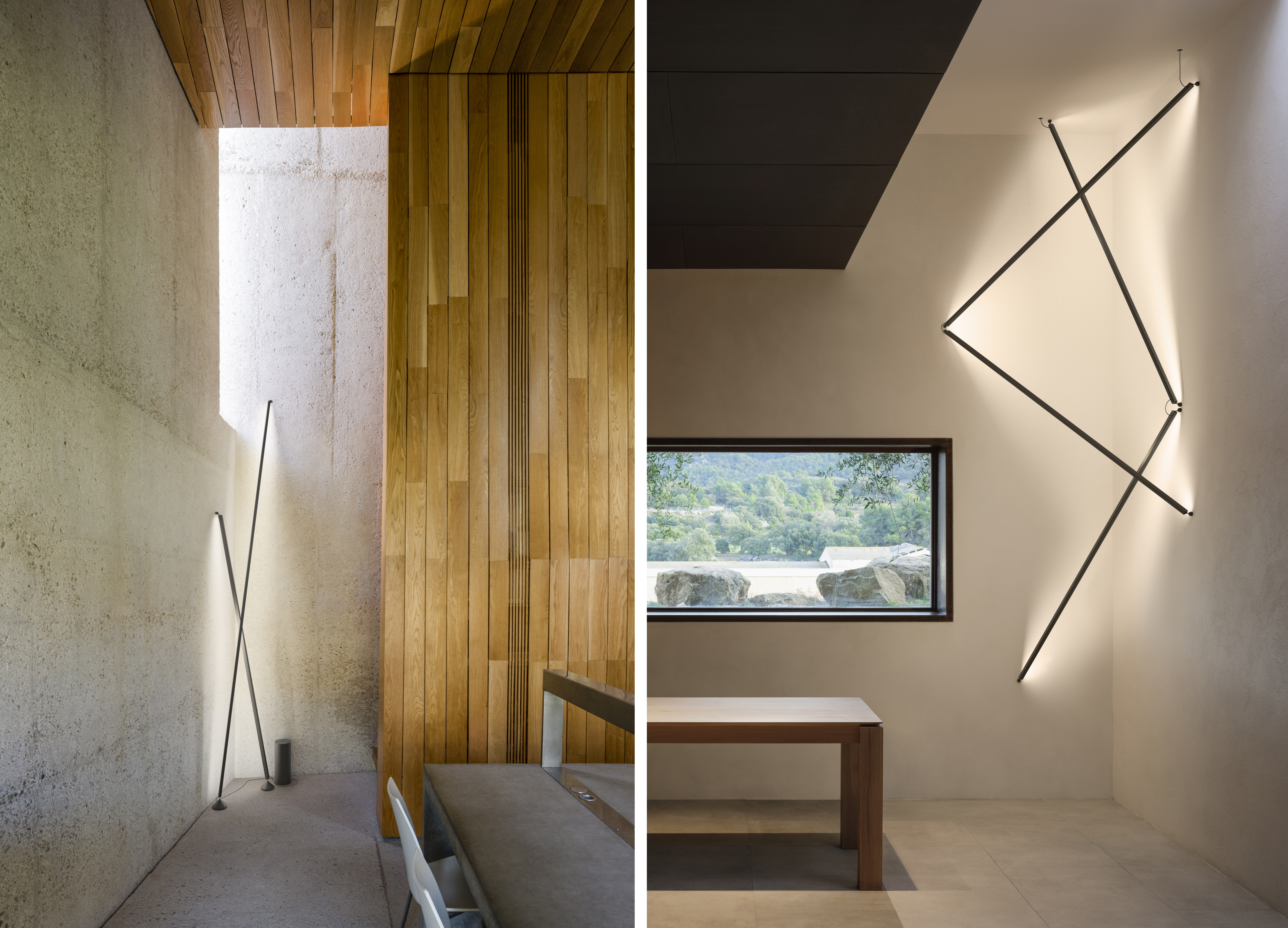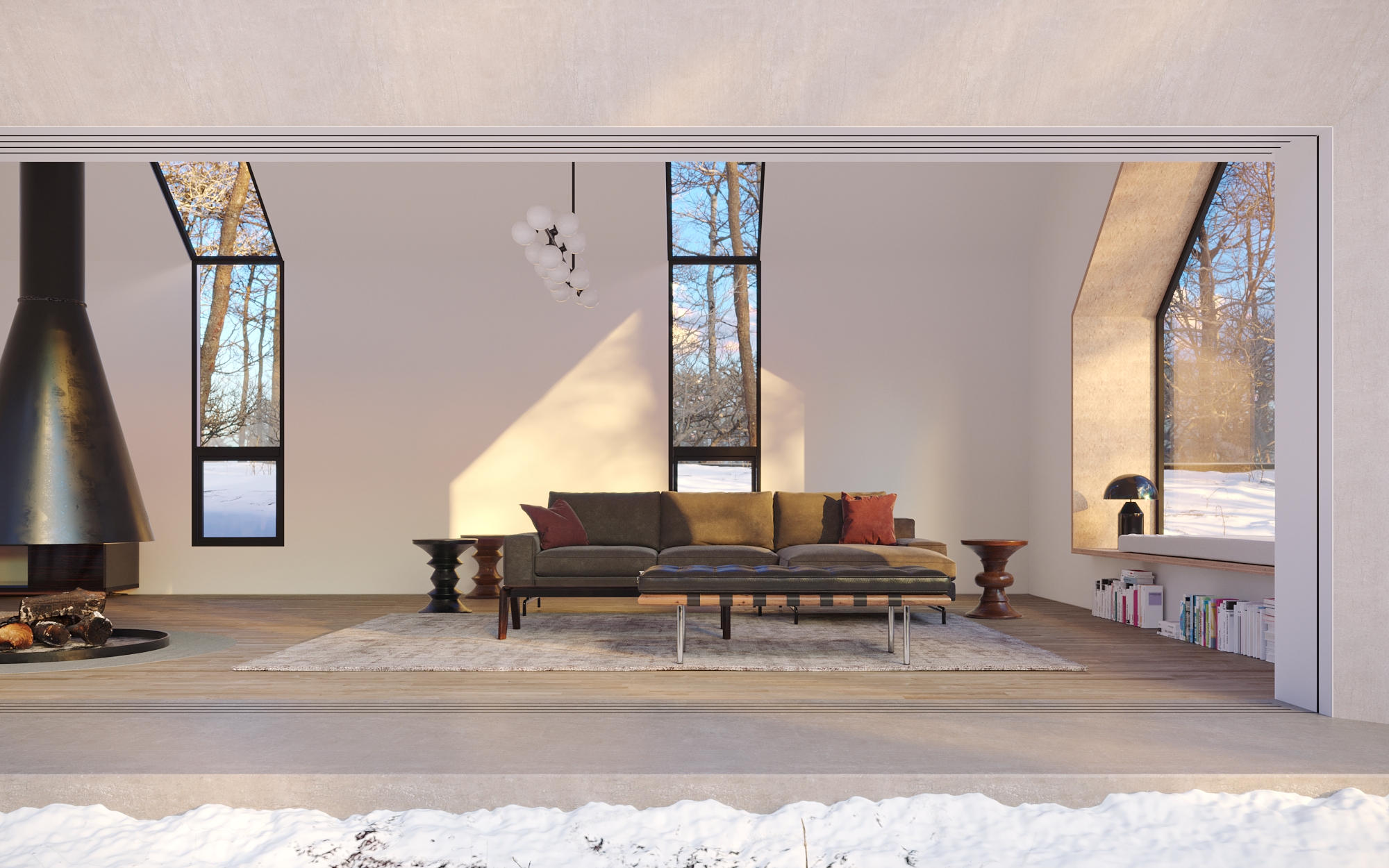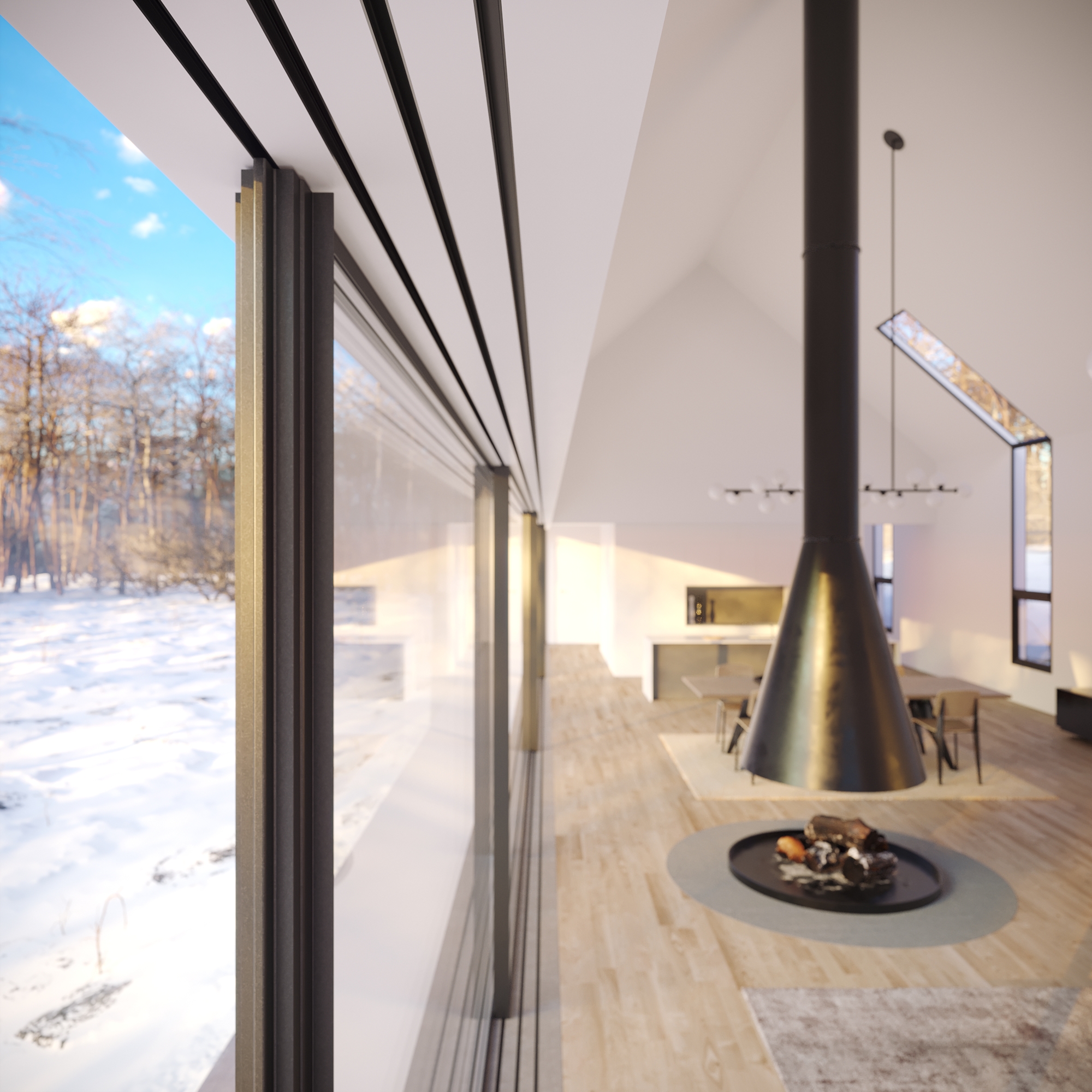Celebrate a decade of inspirational design with us! The 10th Annual A+Awards is officially underway, with an Early Entry Deadline of October 29th, 2021. Click here to start your entry today.
The hashtag #minimalism pulls up more than twenty-four million photos on Instagram. It’s not often we see a trend that encompasses so many fields of design: architecture, products, interiors and fashion are all rallied under one over-arching banner. An aesthetic that seems to resurge in waves, minimalism — the word, the style, and the lifestyle — is once again a part our daily lives.
For many designers, the term sparks visions of John Pawson or Tadao Ando. For others, it brings up images of blank canvases of space, bare walls and floors and a life with few possessions. Time and again, minimalism has been embraced as a direct contradiction to the life of consumerism that dominates modern life.
However, today’s minimalism is quite different from the clean-lined, empty-shelled perfection of the past. Although it continues to contradict societies’ want want want attitudes, the new minimalism takes a more realistic approach than its predecessor, accepting that having some “stuff” is essential but asking us to be more conscious about the things we choose to have in our lives.
Rather than rejecting the ownership of objects altogether, the new design ethos celebrates the stories our environments tell; that is, it champion functional and/or emotional values of objects while still embracing ideas of simplicity. Through selective curation, the narrative behind the products in one’s homes has become as important as the products themselves.
Focusing on great design, noble materials and seamless functionality, the ideals of new minimalism encourage us to populate our homes and lives with fewer, more special objects, as opposed to filling them with many things that are simply OK or that are purely functional. This year’s 2021 A+Product Awards evinced the powerful hold of new minimalism on the design world today. Many of this year’s winners champion designers who have embraced the ideals of new minimalism, designing and producing items that pair purpose and meaning with stunningly pared down aesthetics.

Halo Jewel
Designed by Martín Azúa, this fixture by Vibia takes light in its simplest form and transcends it into a product in its own right. By solely focusing on illumination, Azúa has created a product that seems to be made from light in its purest form. A delicate and beautiful piece Halo Jewel uses the simplest of shapes — a circle and a line — yet, the fixture is also sculptural, decorative and architectural in its function.
The elegant steel structure is considered ensuring the effect is the same whether day or night. The opaque diffuser captures the light from the LEDs within and produces an ethereal quality when illuminated. Delicate yet commanding Halo Jewel is everything a light should be.

Sticks
Adaptability is a prominent feature of New Minimalism, exploring how one item does the job of many and again, Vibia is championing the goal. Designed by Arik Levy, this lighting piece is sleek and elegant while also presenting a solution to many lighting dilemmas. Pure and graphic, the minimalist aluminum rods transform linear light into a floating sculpture.
The namesake sticks rotate on their own axis, offering unlimited freedom in directing the light source precisely where desired. Sticks can be connected from wall to wall; floor to wall; wall to ceiling; or suspended from the ceiling — it is modular lighting as we have never seen before.
Levy says “Today with all the existing fixtures I have designed, and I designed many of them, or that is in the market, you cannot bring light to the upper corner of your living room or your restaurant or your entry to a hotel. Now we can.” Sticks provides a solution that is so simple yet so effective no other light source is needed.

Invisible Frame
New minimalism can be as much about an individual product as it is about how we use the spaces we inhabit. Vitrocsa‘s new frame is the epitome of new minimalism. Set on a single track, the sliding window system allows its entire surrounding frame to be concealed. The hidden track system creates expansive openings to offer maximum light with the fewest possible visible profiles.
Vitrocsa has developed this new type of window to create space, light and freedom. It is a product that aims to change how we use our spaces. It completely removes the typical architectural barrier of a sliding doorway, so the differentiation between inside and out ceases to exist.
N037
It is important to remember, however, that new minimalism, at its core, strives to keep things simple. To reduce what we need and want, and to encourages us to seek out solutions that function so well they do not need support from additional pieces. Nero Cucine‘s latest product is a beautiful example. Marketed at a “Hyper Kitchen,” N037 is revolutionary in its design and function. A unique blend of performance, design and noble materials the kitchen offers a futuristic design and living experience made of beauty, sustainability and functionality.
Celebrate a decade of inspirational design with us! The 10th Annual A+Awards is officially underway, with an Early Entry Deadline of October 29th, 2021. Click here to start your entry today.
The post Four Stunning Ways to Embrace the New Minimalism appeared first on Journal.
Did you miss our previous article…
https://thrivingvancouver.com/?p=287
